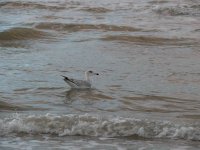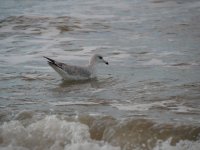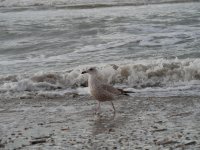I think whatever system works best is somewhat determined by moult sequence, which in turn is determined by whichever species one is applying aging criteria to.
‘Juvenile‘ means different things in terms of age for example - it doesn’t tell you how old a bird is (since some larger species can retain juvenile plumage for well into their second year of age) and with birds that don’t have more than one moult a year, describing seasonal cycles of moult is not applicable. I have always thought that with gulls, aging them by plumage type does make more sense than by calendar year as with any birds that take 3 or more years to maturity and go through 2 or 3 moults a year. But with the proviso that individual birds of species that take many years to full maturity, can often have retarded or advanced moult for their age group, aging them by their plumage ‘type’ therefore can be an unreliable aging criteria - that situation would apply to calendar year aging as well but perhaps the latter is more expansive in what plumage type to include.
Passerines that have only a partial post-juvenile moult before their complete moult the following summer, aging them by 2cy the following Spring makes more sense to me than saying they are in 1st winter plumage at that time of year, if they have only annual moults - ie you wouldn’t describe a Blackbird that has moult limits on it’s flight feathers in April as being in ‘first winter‘ or in ‘first summer’ plumage in the Spring of its 2cy, you would simply describe it as in its 2cy. With the larger raptors, aging is a bit more complicated by plumage type because of the variability within age group and duration of the moult cycle - Personally I find calendar year aging works better for large raptors as it encompasses all the potential and gradual moult change within one calendar year rather than trying to fit a complicated sequential moult cycle into a winter or summer plumage type. Of course if the objective is not to age the bird but to describe its plumage, ‘juvenile’, ‘immature’, ‘sub-adult’ etc works fine. I personally am happy to follow literature - particularly Forsman etc in describing age definitions in raptors. Unfortunately, the field guides a lot of birders rely on, use the seasonal cycle so within the field of ornithology, there’s inconsistency.
I suppose in short, aging birds can be complicated and whatever system best reflects the moult strategy in terms of timing and duration for each species/genus might be the best one.








